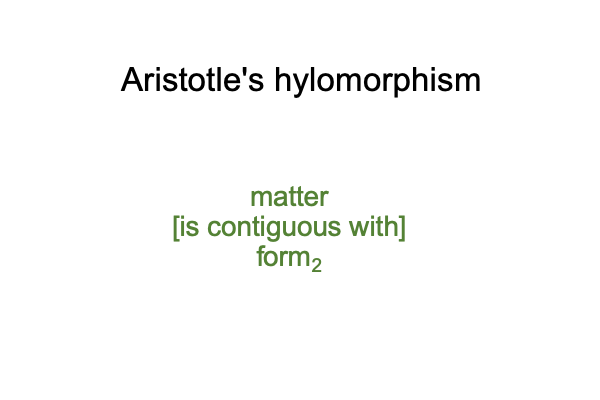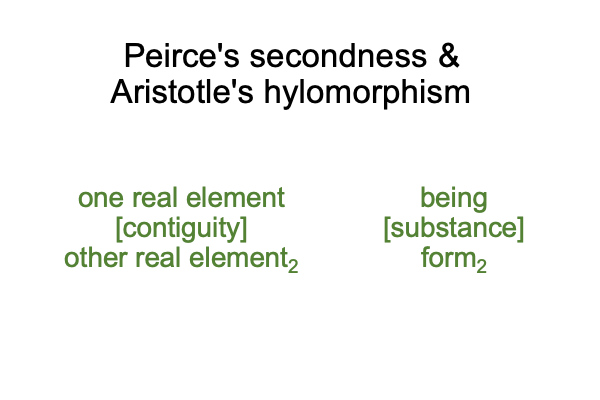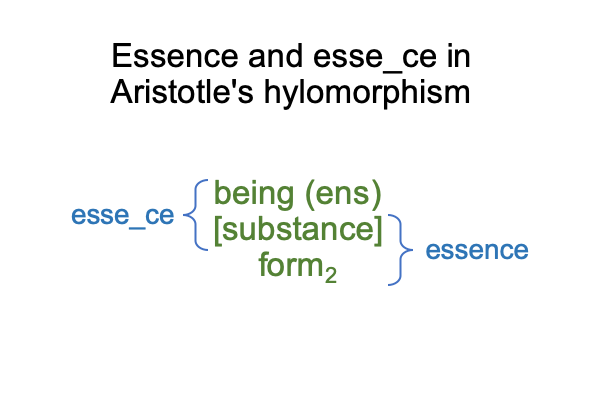0006 Fr. Dwight Longenecker sets out on a quixotic quest.
On first listening, he appears ready to deliver insights in Jungian psyhcology and critical aesthetics, as if these will imbue actuality into myths.
On second thought, he touts his book on who the magi actually are. They are not Persians. They are traders, located between Persia and Jerusalem. They are in transit between both civilizations. He follows clues in the infant narratives. He examines archaeology. He looks at historical documentation.
0007 What does this mean?
Think of a real historical event as a grain of sand.
Think of human psychology as the maw of an oyster.
The grain of sand enters into the maw of the oyster and then, over time, something mysterious happens. The grain of sandgives rise to a pearl.
The pearl is like the myth.
0008 In sum, the continuum expressed in the previous blog will not suffice.
There are two real elements, the grain of sand and the pearl. The grain of sand cannot be recognized within the pearl, but it stands as its origin. The two elements are contiguous, like matter and form.
0009 For Aristotle, matter and form are contiguous. The technical term is “hylomorphism”.
Here is a picture.

0010 For Charles Peirce, the category of secondness, the realm of actuality, consists in two contiguous real elements.
An entire series of comments are published in smashwords on the proposal that Aristotle’s hylomorphism coincides with Peirce’s category of secondness. This is a portal to the Fourth Age of Understanding, the Age of Triadic Relations.
One way to write the contiguity between matter and form is matter [is contiguous with] form. Matter and form are real elements. The contiguity is placed in brackets. The word, “substance”, labels the contiguity between matter and form. Or, should I say, “being and form”?

0011 There is a beauty in this configuration.
There are two terms that scholastics used regularly. One is the Latin word, esse. Esse is translated as being as existent, in contrast to ens, being as being. Esse concerns presence. The other word made it into English, essence. Essence concerns form.
As it turns out, these two terms apply the Arisotle’s hylomorphism.
Here is a picture.

I coin a new word, esse_ce, which sounds the same as esse, but is defined as being [substance], in contrast with essence, which is [substance] form.
0012 What does this have to do with Longenecker’s podcasts?Perhaps, Longenecker aims to discuss the esse_ce and essence of myth.
